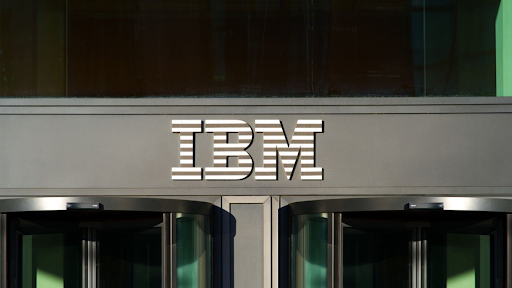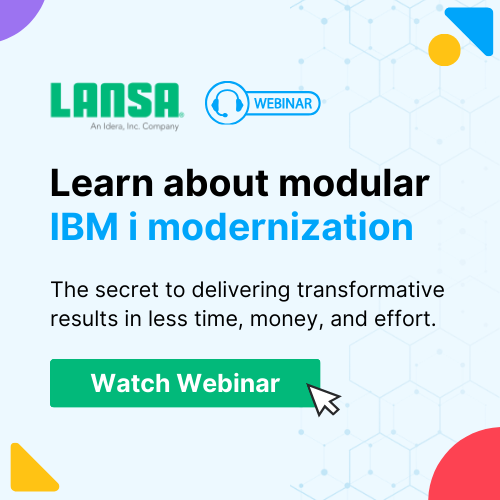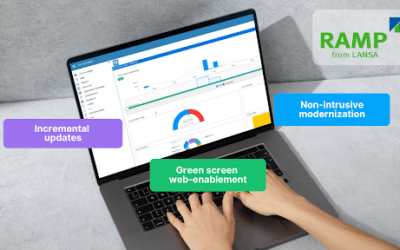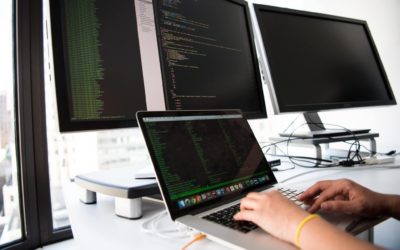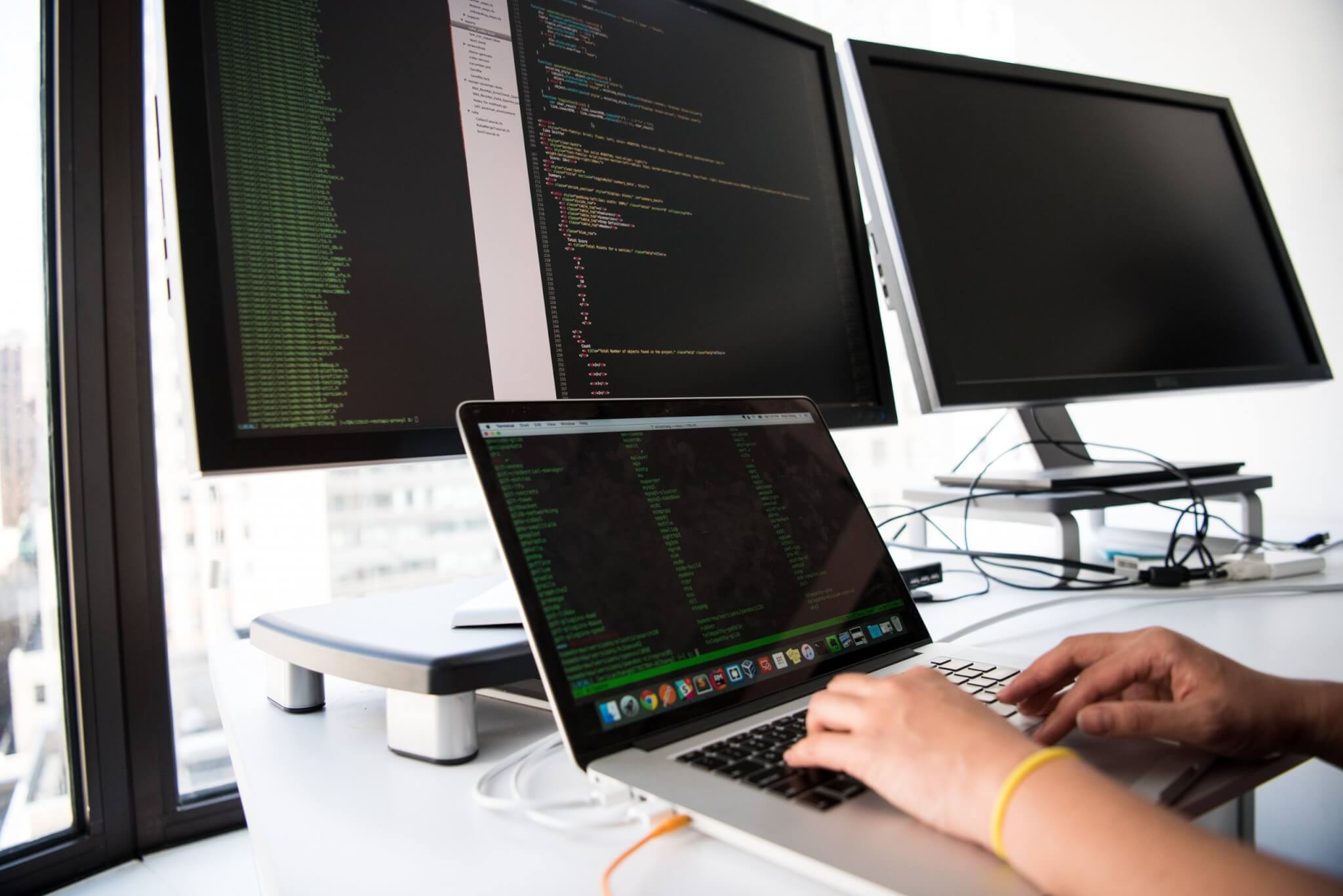Widely known for its rock-solid reliability and strong security features, IBM i has been a mainstay in IT departments around the globe for decades. It combines database, middleware, security, runtime, and hypervisor as one licensed solution. This makes it easy for clients, as they don’t have to pay to support each individual component. IBM i simplifies management and lowers the total cost of ownership (TCO), reducing overall costs. Apart from offering several features, IBM i also has a flexible subscription-based licensing model that allows businesses to choose from various pricing options for easier budget planning.
With that said, IBM i updates its pricing plans from time to time. Needless to say, staying updated with IBM i subscription changes is crucial for maintaining the highest level of security, performance, and compliance.
On September 9 last year, IBM announced the price increases, which came into effect at the beginning of 2024. As per IT Jungle, there has been a 6 percent increase in per-core perpetual licenses and user fees, a 10 percent increase in SWMA, and a 10 percent increase in per-core annual subscription prices. As of May 7, no one can buy new perpetual licenses for the IBM i stack for machines in the P05 and P10 operating systems tiers. According to recent reports, IBM i users can also expect a 10 percent price increase in SWMA each year from here on because IBM doesn’t want you to stay on perpetual licenses but move to annual subscriptions that shift you from capital budgets to operating budgets and that make them more money starting in year five and on through year seven. Eventually, machines in the P20 and P30 software tiers will also shift to subscription-only licensing.
Let’s get into the nitty-gritty and find out about changes in the IBM i subscription model.
Key Insights:
- Flexible subscription pricing: IBM i has introduced flexible pricing options, making it accessible to businesses of all sizes. The subscription model allows for predictable costs, better financial planning, and easier scalability.
- Continuous software updates: A subscription provides access to the latest features, enhancements, and security updates as soon as they are available. This will keep businesses up to date with the latest technological advancements.
- AI integration: The latest updates are focused on better integration with AI tools, enabling businesses to harness their data more effectively.
Understanding the IBM i Subscription Model
IBM i offers two main licensing structures: annual subscriptions and perpetual licenses. The annual subscription offers predictable yearly costs, flexibility to scale usage according to company needs, and access to the latest updates and support, making it ideal for businesses with limited upfront capital. Organizations only have to pay a recurring fee for a specific term, typically one to five years, and receive ongoing support and maintenance. On the other hand, a perpetual license involves a one-time higher initial cost but offers permanent value and ownership over the software without the need for recurring payments, making it a good option for businesses with steady, long-term needs. Still, you will need to purchase separate maintenance contracts for ongoing support and updates.
As per recent reports, IBM has made some significant updates to the pricing and licensing terms of its IBM i subscription model, moving from never-expiring licenses to a subscription-based model. As of May 2024, IBM no longer offers perpetual licenses for the Power 5 and Power 10 tiers. This transition is designed to support advancements in technologies such as AI and analytics and to facilitate easier upgrades and maintenance by automatically including the latest software versions in the subscription terms.
Users can also add LPPs, such as Merlin, RDi, and RDS, to their subscription plan for an extra fee. IBM announced on January 9 that BRMS (Backup, Recovery, and Media Services for i) is now available by subscription, along with IBM Cloud Storage for i. Cloud Object Storage is available as a 90-day option for migration projects. IBM is planning to make all LPPs available by subscription.
IBM i Subscription Pricing
The new subscription model bundles software maintenance and support into the annual subscription fees, ensuring access to the latest features and security patches without the need for separate maintenance agreements. This guarantees access to the most recent features and security updates. This model provides lower upfront costs and predictable annual expenses than the previous model. The prior model had considerable initial investment and optional update schedules, often leading to security risks. Compared to perpetual licenses, which have capital expenditures (CapEx) associated with them, the new model is more scalable and corresponds with operations expenses (OpEx), simplifying budgeting.
Recent Postponements and Updates
Even though the changes were announced on February 15, there were delays because IBM updated some aspects of the subscription pricing for machines for the P05 and P10 software tiers and stated that others would be updated on May 7. Then, they took the PDF down, saying it needed some edits and would be updated on February 20.
After that, IBM officially and formally announced the end of IBM i perpetual licenses, also known as non-expiring licenses, which was postponed from March 26 to May 7, 2024. That date change was made in announcement letter AD24-0456, dated February 20, and supersedes the software withdrawal announcement letter 923-0489 from August 29, 2023.
IBM first announced the per-core subscription pricing for the P20 and P30 software tiers in February 2023, but that information has now been removed from the IBM i Transformation FAQ.
These postponements have caused a significant uproar among IBM i userbase and created considerable confusion about subscription terms.
However, these changes in the subscription terms won’t affect users who have an active maintenance agreement and don’t plan to upgrade to new hardware in 2024. IBM’s statement of direction indicates that it will offer a lower-priced subscription for customers with non-expiring licenses for active software maintenance.
| Postponement Date | Details |
|---|---|
| February 15 to May 7, 2024 | IBM announced on February 15th that they were making updates to some aspects of the subscription pricing for machines in the P05 and P10 software tiers, which were later postponed to May 7. |
| March 26 to May 7, 2024 | IBM officially announced on March 26 that they are ending the IBM i perpetual license, which was later postponed to May 7. |
Insights into IBM’s Strategy Behind These Postponements
IBM said the intent of the IBM i System Subscription is to make it easier for SMBs’ (Small and Medium-sized Businesses) budgets, with more consistent annual payments throughout the subscription license. Licenses can range between three and five years, with renewal options for an additional one or more years. IBM will retain ownership of the server and ship all the services along with it,” Dylan Boday said. “Users only make their monthly payments for whatever services they choose.” IBM iSeries users, in particular, could find it easy to adapt to the new subscription plan because that server model has always been sold to them bundled with a proprietary operating system and database.
The subscription plan was born out of users pushing IBM to alleviate their increasing budgeting pressures by creating solutions that feature cloud-based economics.
Application Modernization
IBM i’s subscription updates play an essential role in facilitating application modernization. The subscription model guarantees that businesses have access to the latest features, security updates, and technological advancements to support their modernization efforts. Key aspects include:
- Continuous Updates: Regular updates provided through the IBM i subscription keep the platform and its applications up-to-date with the latest enhancements and security measures.
- Access to Modern Tools: Subscriptions often include access to modern development tools and resources that simplify the IBM i modernization process, such as cloud integration services and advanced analytics capabilities.
- Support and Training: IBM i subscriptions typically offer comprehensive support and training resources, which help organizations overcome the challenges of modernization and make the most of the new features.
- Cost-Effective Modernization: The subscription model provides a predictable cost structure to allow businesses to plan and budget for modernization initiatives more effectively without unexpected expenses.
Potential Implications for IBM i Users
Under the new model, organizations face lower initial costs and predictable, recurring expenses, as subscription fees are treated as operational expenditures (OpEx). This move has eased some of the strain on their IT budgets and improved flexibility by streamlining financial planning and closely tying IT expenditures to other operating costs. The new subscription terms eliminate the need for separate maintenance agreements, including maintenance and support in the subscription charges, and lower administrative and unexpected costs related to unforeseen upgrades or support requirements. Companies need to modify their cost forecasting methods to consider these recurring membership fees and include them in the benefits of ongoing support and upgrades for their financial planning. Clients can shift their IT expenses from CapEx to OpEx via subscription-term licensing, depending on the company’s accounting procedures. With IBM i subscription-term licenses, transfers can be executed within the enterprise with no fee. This proactive budgeting and forecasting can help you maintain system security and performance while utilizing the most recent upgrades and functionalities offered by IBM i subscriptions.
The best strategy to adapt to the new subscription changes is to plan and downshift to a lower IBM i software tier with new software on Power10. Remember that the prices set by IBM are per core, not per system. And a Power10 core does around 4X the work of a Power8 core and around 8X that of a Power7 core, so if you want to upgrade your systems and radically reduce your core count, you can potentially lower your IBM i costs by a massive amount; and if you can downshift tiers, you can save even more. Besides, there are a plethora of companies that offer IBM i modernization solutions and consultation services about IBM i subscription plans.
Conclusion
Since IBM i moved from a perpetual license to a subscription-based model, it has emerged as a more flexible and cost-effective solution for businesses looking to maintain IBM i applications. IBM started this transition on May 7, 2024, for new Power5 and Power10 tiers purchases. Subscription licenses in the new pricing structure include standard maintenance and support, ensuring that customers can always have access to the latest software versions and updates and minimizing potential vulnerabilities and compatibility issues. Companies can always upgrade their membership to include LPPs with additional fees, such as Merlin, RDi, and RDS, and they can scale up or down based on the requirement.
Contrary to popular belief, there are benefits to having a subscription license over a non-expiring license. Company directors and executives like subscription terms because they simplify budgeting by making it more manageable and predictable. With auto-renew, subscriptions can help prevent missing software maintenance payments and provide a lower entry point for new users. Subscription pricing may be more cost-effective for smaller businesses with neglected software maintenance, eliminating after-license expenses.
Stay Informed With What’s New in IBM i
Staying updated with IBM i subscription changes and checking out what’s new with IBM i is vital for businesses that rely on IBM i for their day-to-day operations. Whether you are running a start-up or an established business, being up-to-date about IBM i subscription and modernization solutions is important.
Don’t miss out on important updates! Reach out to a LANSA regional representative today to find out all the details and latest updates about the IBM i subscription.


